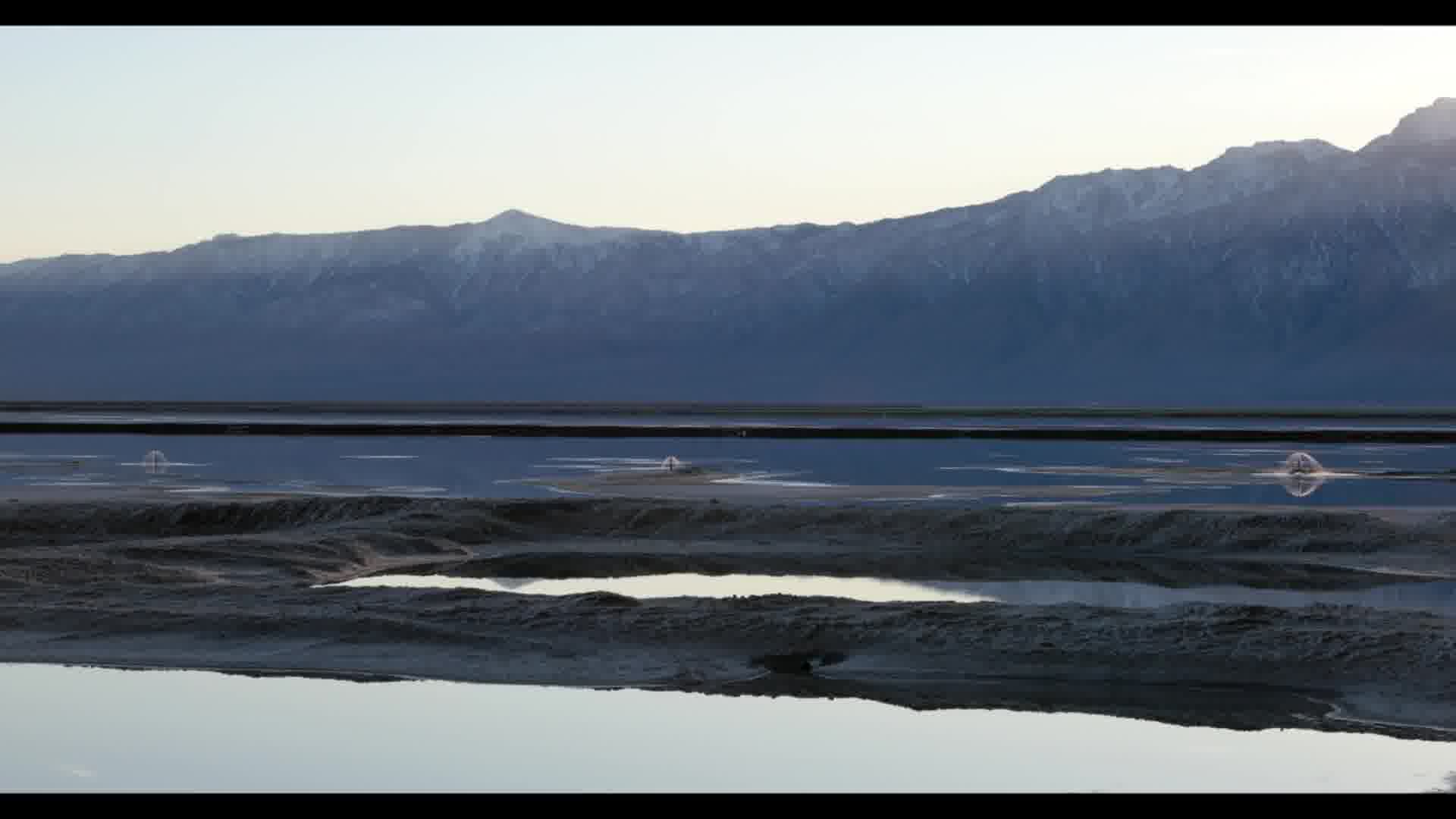
Duration: 00:11:01
Categories: Contemporary Art,#ArtSpeaksOut
Tags: Patsiata, , phantom, dust, Patsiata, isabelle, hayeur_patsiata, dust_1080.mp4, cop28, climate

Duration: 00:11:01
Categories: Contemporary Art,#ArtSpeaksOut
Tags: Patsiata, , phantom, dust, Patsiata, isabelle, hayeur_patsiata, dust_1080.mp4, cop28, climate